Crustacea

Acorn Barnacle
Semibalanus balanoides


2 POINTS
PLAY: The Acorn Barnacle is a suspension feeder, extracting food from the water.
FACT: Acorn Barnacle produce a brown glue that fastens it to a hard surface.

Caribbean Spiny lobster
Panulirus argus

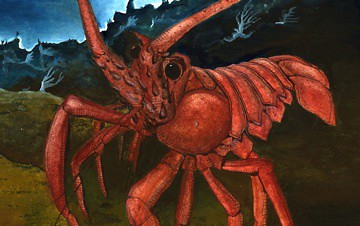
7 POINTS
• Panulirus argus has a MOVE of 1, and can only prey on SPECIES with a SCALE of 4 or 5.
• Panulirus argus is a SCAVENGER. If removed due to a consequence of an EVENT card, return to your hand.

Copepod
Copepod (subclass)

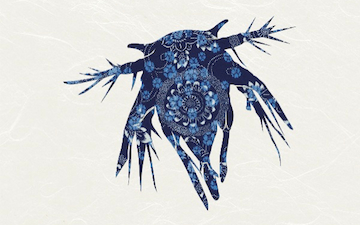
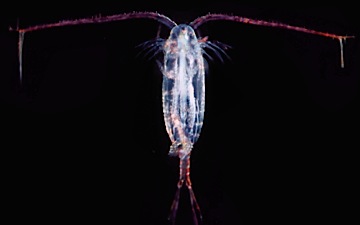
3 POINTS
Play: Copepod has a MOVE of 2.
Fact: Copepods may form the largest animal biomass on earth.

Atlantic Blue Crab
Callinectes sapidus


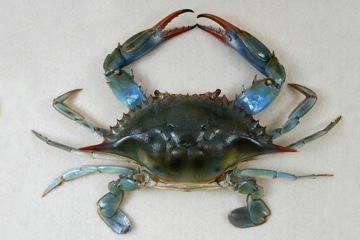
3 POINTS
• Callinectes sapidus has a MOVE of 2.
• Callinectes sapidus females have red-tipped claws.

Shore Crab
Carcinus maenas


8 POINTS
• Carcinus maenas has a MOVE of 2. • Carcinus maenas must be placed adjacent to at least one OCEAN terrain card.

Antarctic Krill
Euphausia superba

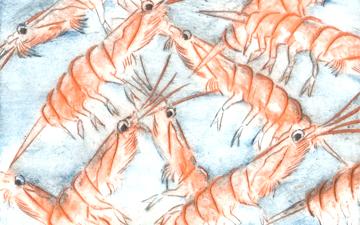
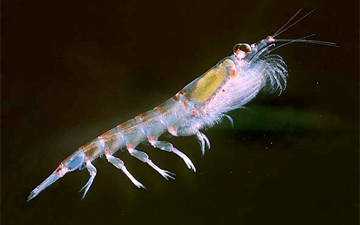
6 POINTS
• Euphausia superba has a MOVE of 1.
Krill are often referred to as light-shrimp because they can emit light, produced by bioluminescent organs.